Japan’s Military Evolution from Meiji to WWII
From feudalism to WWII powerhouse, Japan's dramatic transformation defied Western expectations.
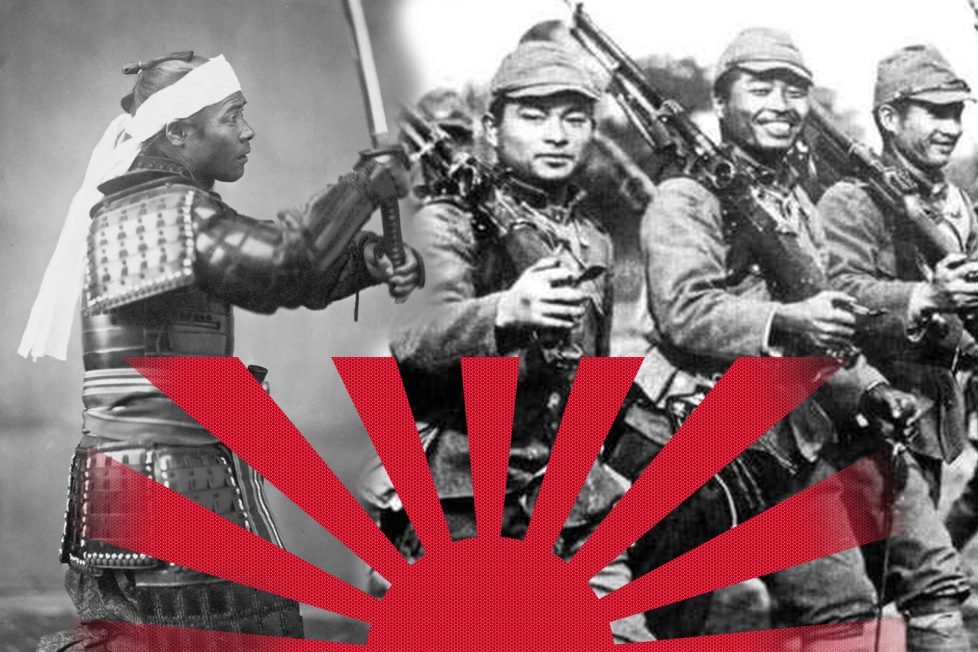
From feudalism to WWII powerhouse, Japan's dramatic transformation defied Western expectations.

Table of Contents
ToggleBefore the restoration of imperial rule in 1868, Japan was governed by a military government better known as the Tokugawa shogunate. In principle, the shogunate was a commander-in-chief of the military and acted as the primary ruler of the nation. Shogunate’s principles of rule were almost identical, if not the same as the ones of a dictator. During the Tokugawa shogunate rule, Japan went through a rapid economic growth that urbanized Japan’s regions and brought the appearance of different kinds of social classes. However, the downside was that during this period, Japan was isolated. The Tokugawa shogunate led an isolationist policy that forbade foreign influences and heavily promoted its national culture. As such, the governing system of Japan became more exposed to the danger of Western colonization.
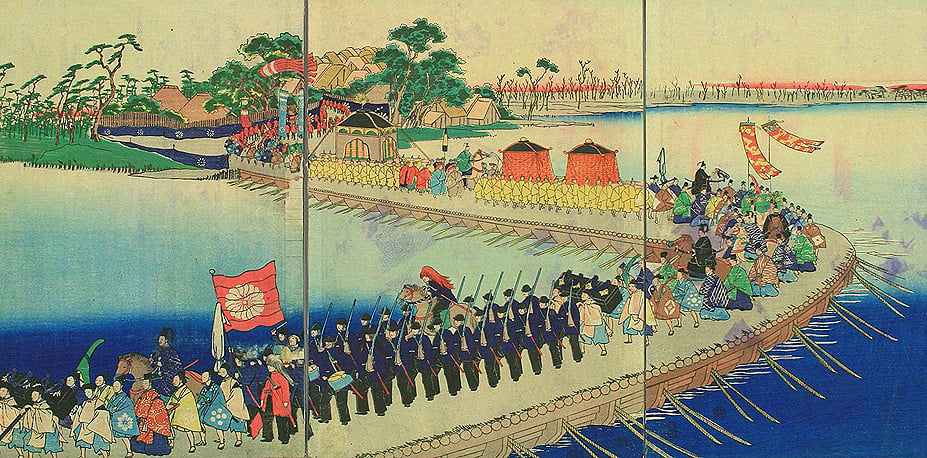
After the fall of the shogunate, the re-establishment of emperor rule began, known as the Meiji Restoration. During this period, Japan opened its gates to foreigners. Emperor Meiji centralized the government and united all previously separated regions. Heavy industrialization began that was bound for modern development heavily influenced by the West. Even feudal lords acknowledged the importance of modernization. They recognized the danger of being overrun and controlled by others. They strongly advocated for taking the initiative and the opportunity. Accordingly, Japanese ports began to receive cargo, ships, and materials from the United States of America. As soon as US ships arrived in Japan, it was clear that the Japanese military capabilities were far behind compared to the rest of the world.
Following the initial results of the rapid industrialization, Japan’s territorial ambitions became bigger. In 1894, Japan invaded today’s territory of Korea and swiftly defeated China in the First Sino-Japanese War. Not only did Japan gain a valuable foothold in eastern Asia’s mainland, but it also increased the status of the Japanese military, as well as Japan’s stature in the international arena. Japan became more respected by its friends and by its enemies. The military capabilities of the Japanese army were steadily expanding, especially Japan’s navy. However, the rapid growth of Japan’s ambitions and territorial expansions also brought concerns among nations that held common interests with Japan regarding territorial control.
Japan saw Russia’s presence in the Far East as a constant threat. To reaffirm its prominent status, Japan offered its recognition of the Russian dominance over Manchuria. In return, Japan wanted recognition of the Japanese influence on the Korean Empire. The Russian Emperor Nicholas II denied any forward suggestions from Japan. He assessed Japan would have more advantageous and luxurious demands that would expand its ambitions even more. He was right. After the Japanese navy launched a surprise attack on the Russian navy at Port Arthur in 1904, the Russo-Japanese War started. The war ended with an enormous Japanese victory. It was arguably the most critical event in Japan’s modern history that caused the world to see Japan as a great power. The roots of a new global military power were on the verge.
Japan’s military growth began in the period of the Meiji Restoration. The Meiji rule made drastic changes in the social and cultural fields, as well as the political and military ones. To transfer from a feudal system to an industrialized and modern nation, Japan allowed foreign influence that had more advanced capabilities than Japan. One of the most important aspects of Japan’s prominent status was the modernization of its military capabilities. For this purpose, Japan sent students, scholars, observers, and diplomats to Western countries such as the US, France, Germany, and others. They studied and accumulated Western technology and development. As a result, in the 1870s, a British naval officer, Archibald Lucius Douglas, laid the foundations of military maritime training and education in Japan.
The British influenced the Japanese industry immensely. Japan modeled its navy according to the British Royal Navy. Following Archibald Lucius Douglas’s teachings, this was a logical step. The Royal Navy was the most powerful fleet in the world. It offered more than a satisfying example. The cooperation between the Japanese and British officials produced eight Japanese military ships built in British shipyards. Such was the ironclad corvette “Ryūjō.”
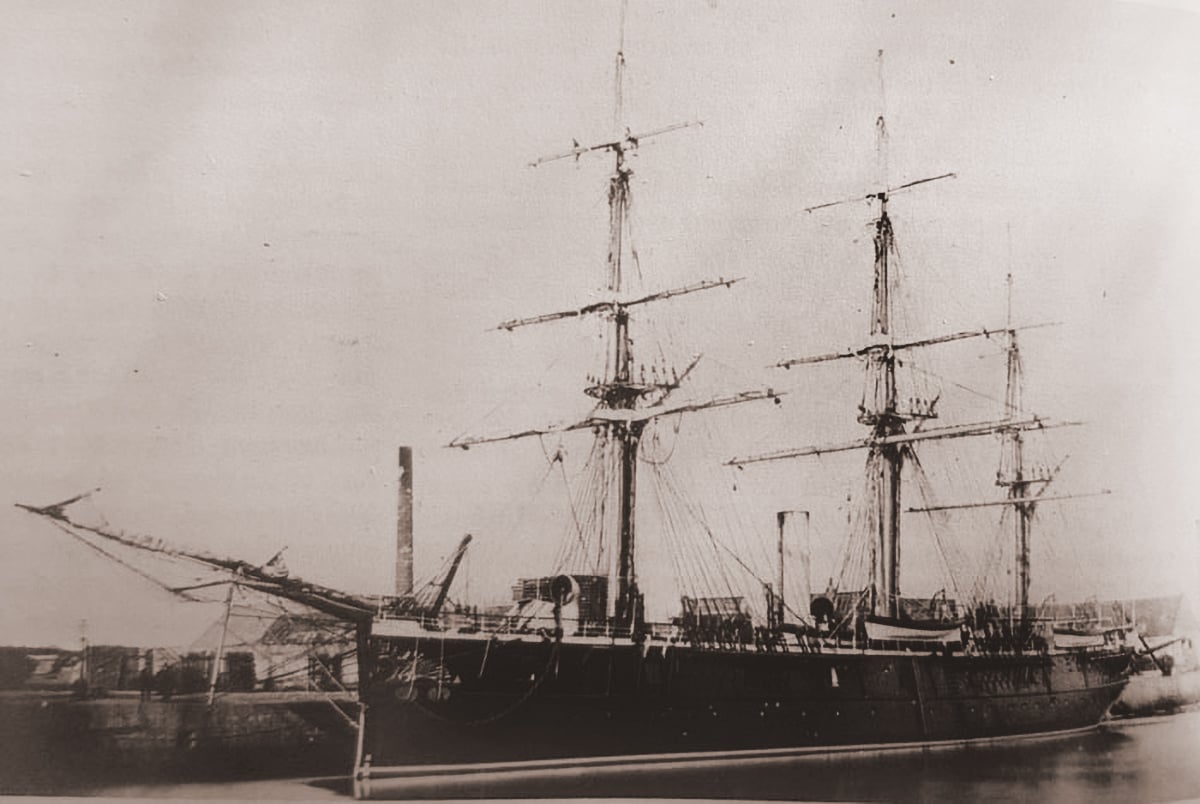
Later, in the 1880s, the Japanese officials decided to follow the example of the French navy. Japan adopted the French Naval doctrine called “Jeune École.” It advocated the employment of smaller and agile vessels in attacks against larger and heavily armed ships. Japan adopted the “Jeune École” because of insufficient resources to build conventional battleships. Thus, Japan’s application of the doctrine resulted in 16 torpedo boats built in France for service in the Japanese Navy.
Japan also applied the principles of the German army. According to many experts, this gradually and significantly impacted Japan’s future ability to develop a modern army. In the late 1800s, Germany went through a reorganization of its Army. It introduced a new structure for its forces, staffed in divisions and regiments. The Germans also separated the artillery and engineering units from the conventional combat infantry, which was seen as an offensive conquest force. The artillery and engineering units were used as a support to the conquest force.
The division of the military into separate units and multiple branches of formation gave the Japanese military better mobility, faster re-supply capabilities, and more effective results on the battlefield. By the 1890s, Japan possessed a modern, professionally trained Western-style army that was relatively well-equipped and supplied. Most of the officers were trained and educated in Europe. They studied the latest strategies and tactics, as well as the use of the most modern weapons. Such an officer was Tōgō Heihachirō, a Japanese fleet admiral who even today is considered a hero of the nation.
All of these aspects contributed to the rise of Japan’s military. Its capabilities drastically influenced the decision-makers in the period that led to World War II. During the beginning of the 20th century, Japan kept a steady growth and studied the international principles of geopolitics and warfare. In World War I, Japan was on the Entente side. It used its good relations with the Western powers to increase its influence over China and studied the latest equipment and strategies applied by the involved sides in the war. Japan deliberately avoided large-scale confrontations to develop and prosper through clever and wise decision-making. Behind the curtains, Japan constantly developed and evolved in different areas. This was done with immense help from the West. Which in the end proved to be devastating against them. The Western nations undoubtedly influenced the rise of the Japanese military power.
In the interwar period, Japan’s military equipment was heavily influenced by Western designs. For instance, the Type 38 rifle was heavily influenced by the Italian Carcano Modello 1891 infantry rifle and the Norwegian rifle Krag-Jørgensen. The rifle was similar and used the same caliber ammunition, 6.5 millimeters. Although the Type 38 rifle was outdated when World War II started, it provided the perfect basis for further developments. Despite its shortcomings, during World War II, the Type 38 had the most powerful receiver in the world. Type 99 was a direct descendant of the type 38 rifle. It had innovative features for the time, such as the anti-aircraft rear sights. Through them, an individual soldier could determine the speed of a targeted aircraft. The Type 99 was among the sturdiest rifles ever made.
As with the rifles, Japan studied Western machine guns and incorporated their features into them, adopting them most effectively. The Japanese weapon designers copied the French Mle 1914 Hotchkiss machine gun and produced the Type 92 heavy machine gun. The Type 92 was innovative in several features. The machine gun had an internal oil pump that lubricated each cartridge when the gun fired. The design also featured carrying handles that enabled re-deployment much faster. At the start of World War II, Japan lacked submachine guns. However, the Japanese army quickly followed the German examples. The type 100 submachine gun was copied from the German submachine gun MP18.
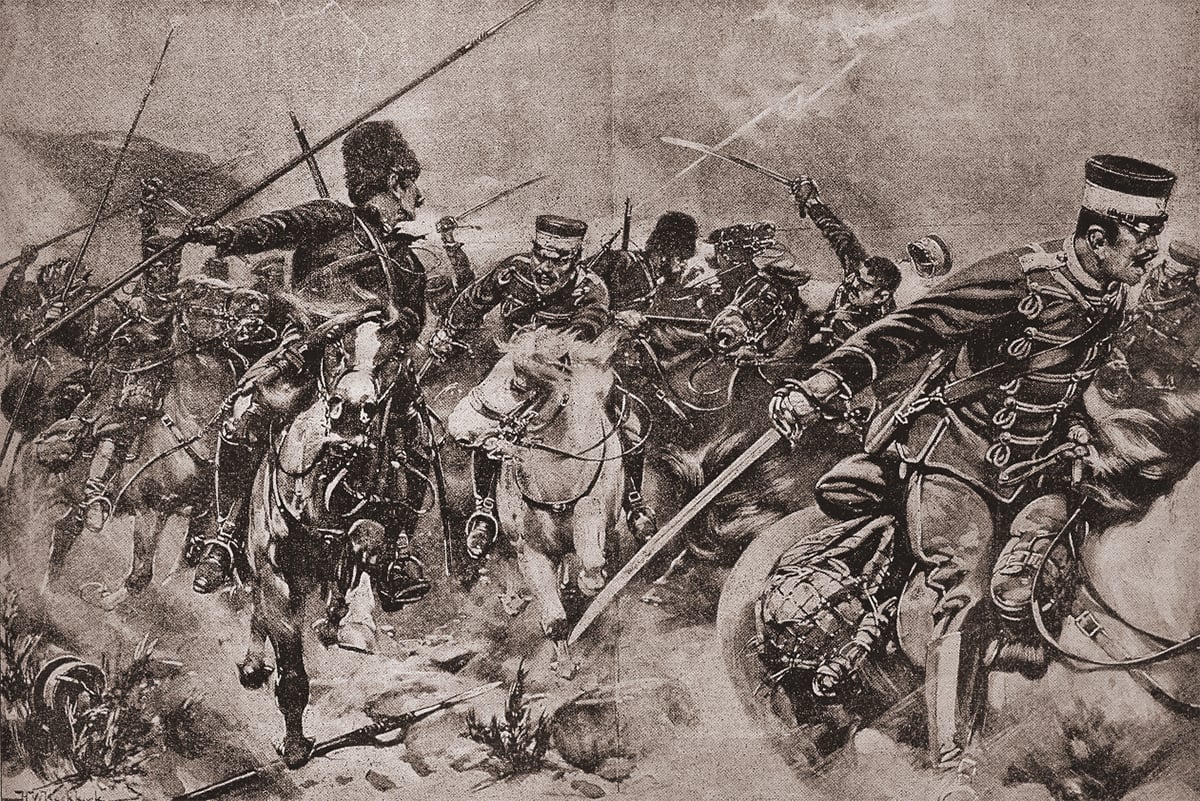
During the Russo-Japanese War, the military leadership of Japan gained valuable experience in artillery use. In the years before World War I, the Japanese General Staff cooperated with officials from the German company Krupp. As a result of the cooperation, Japan produced the field gun Type 38 75-millimeter. The gun was copied from the German field gun Krupp 7.5 centimeters Model 1903. Before World War II started, the Japanese military leadership cooperated with the French company Schneider and produced the Japanese field gun Type 90 75-millimeter. The gun was copied from the French Canon de 85 modèle 1927 Schneider. Gradually but significantly, the Western allies enabled Japan to develop into a formidable fighting force.
Following World War I, the most prominent nations owning powerful maritime forces signed the Washington Treaty. The treaty limited the production of certain large military vessels. Japan’s production was drastically limited and obstructed. This forced the Empire to produce smaller and faster military vessels. They used the knowledge for building and designing battleships from the long and extensive cooperation with Britain. Therefore, Japan manufactured one of the best classes of Destroyers, the Fubuki class. It was the first destroyer built with main gun turrets that could elevate and be used against aircraft. Furthermore, the Japanese military designed the best torpedo in World War II, the Type 93. Japan also built the first aircraft carrier, purposely constructed to serve as one. It helped the Japanese navy to develop sophisticated combined arms tactics called “Kantai Kessen.” This would prove vital for the early success of Japan in World War II.
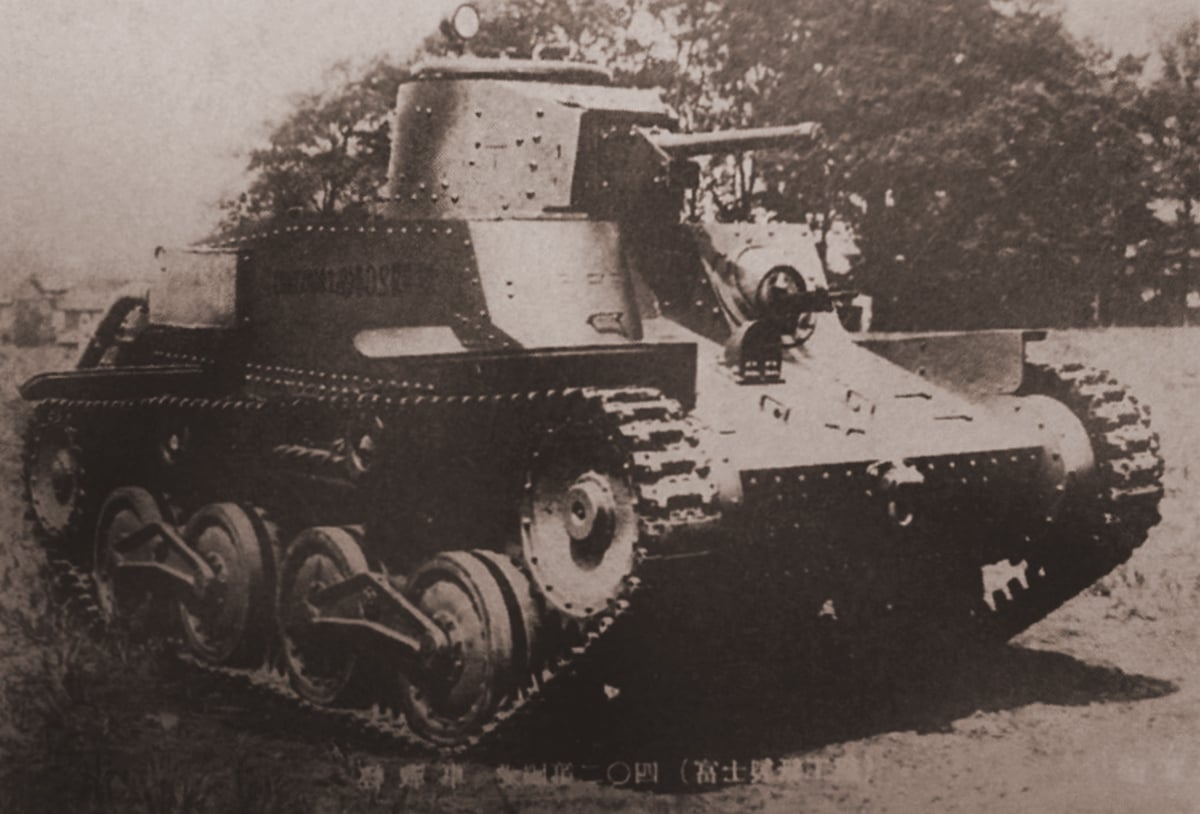
As we already mentioned, during World War I, Japan extensively studied other nation’s weapons and equipment. The Japanese Army purchased foreign tanks and explored their design. Eventually, they used the knowledge as a basis to create their tanks. For instance, the Type 95 Ha-Go light tank was a product inspired by the French tank Renault NC1. The similarities were obvious. The Japanese army also used the British Vickers 6-Ton tank as a basis to produce other tanks. Although the accent in the Pacific was on naval battles, the Japanese used the tanks in well-calculated situations very effectively.
Japan spent a long time preparing for its expansionist policy. The preparation resulted in invading territories in southeastern Asia and Oceania. Perhaps the most disputed act was the invasion of China, which marked the start of the Second Sino-Japanese War. Some experts believe World War II started when Japan invaded China in 1937. Nevertheless, by these actions, Japan threatened the colonial interests of Britain, France, the Netherlands, and the USA. These countries held significant interest in the region and disliked the Japanese aggressive actions. Japan disregarded the warnings. Eventually, the tensions led to the biggest mistake, the attack on Pearl Harbor.
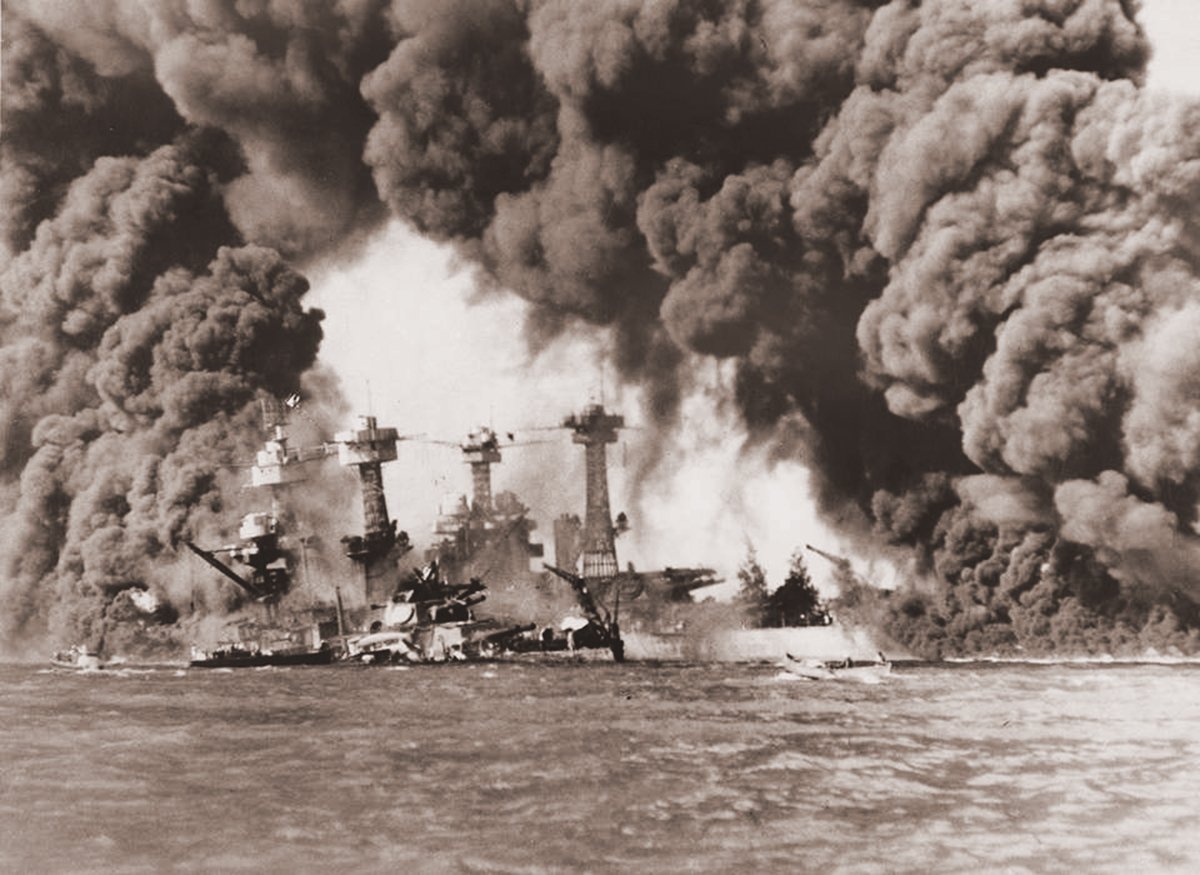
However, let’s see the whole picture from a comprehensive perspective. Since the Meiji restoration, Japan clearly and constantly signaled its desires and intentions. For more than fifty years, the Western countries have enabled Japan access to areas of technological and technical knowledge. Japan got resources, goods, an influx of culture, and much more. The British even started an alliance with Japan in 1902 that lasted until 1922. The Anglo-Japanese Alliance was made to prevent Russian expansion in China and Manchuria. During the Russo-Japanese War, the British even worked against the Russian Empire. Britain wanted to preserve its colonial interests and maintain its influence over the region.
Then, Japan seemed like a truthful and honorable ally. Japan did honor its alliance with Britain when the British asked for help in World War I. Japan encircled the German settlement at Tsingtao and engaged in maritime patrol and protection duties. However, during the whole time, Japan wanted to abolish the Western influence. The Japanese leadership distasted the interference of Westerners in internal Japanese affairs. They only wanted to accumulate knowledge and industrialize but preserve their tradition and way of life.
The Japanese involvement in World War II was also due to the West’s negligence and prioritization of its interests. They disregarded the signs of potential danger. Japan’s intention was aimed at territorial gains and expansion since the Meiji Restoration. Being an island, Japan considered it their universal right to access resources unattainable on the Japanese islands. Since the British and other Westerners had colonies in the region, Japan believed it had the same right to choose how it would sustain its way of life. Undoubtedly, the Western nations contributed to Japan’s modernization to become one of the leading military powers in World War II.
